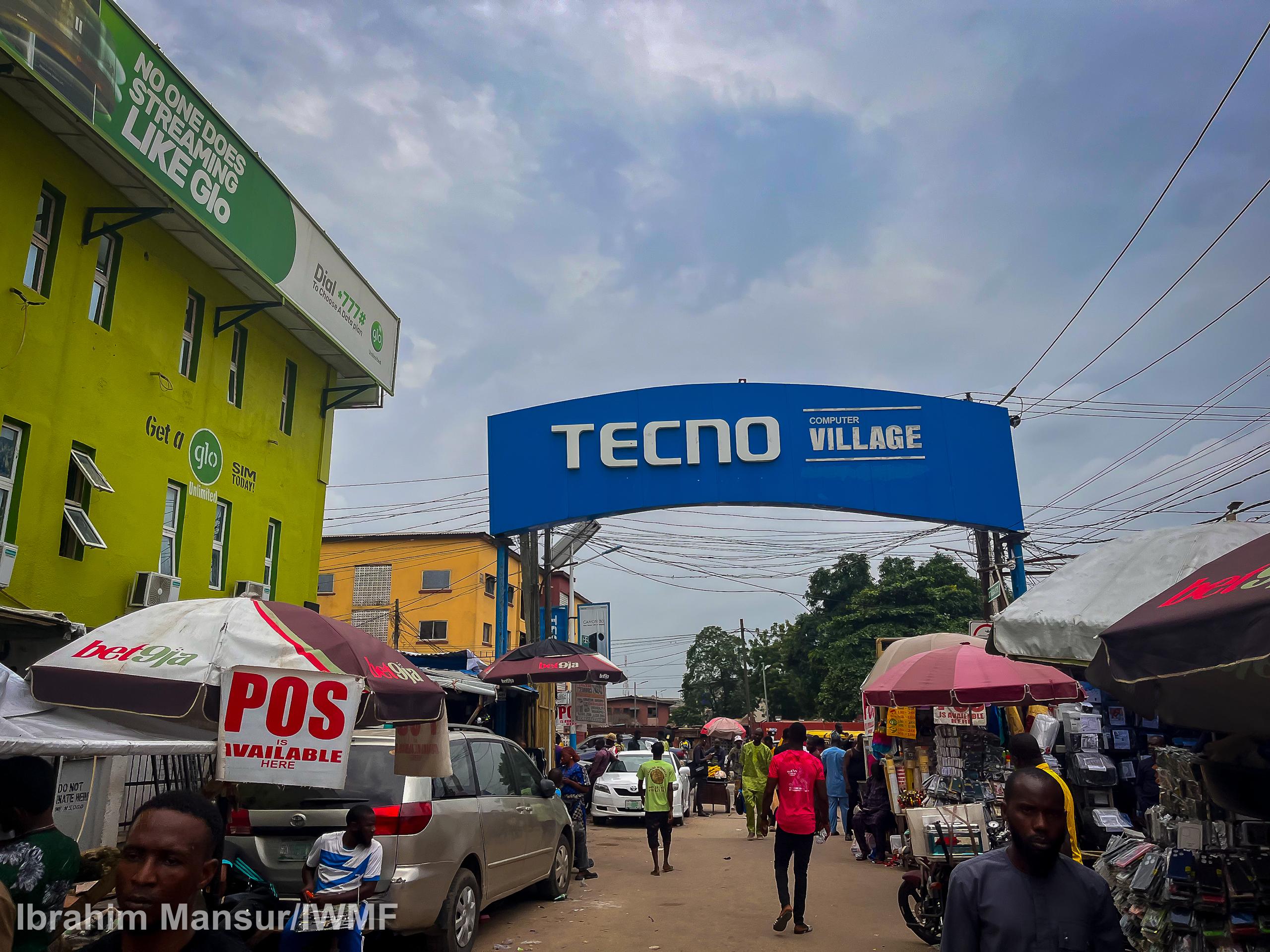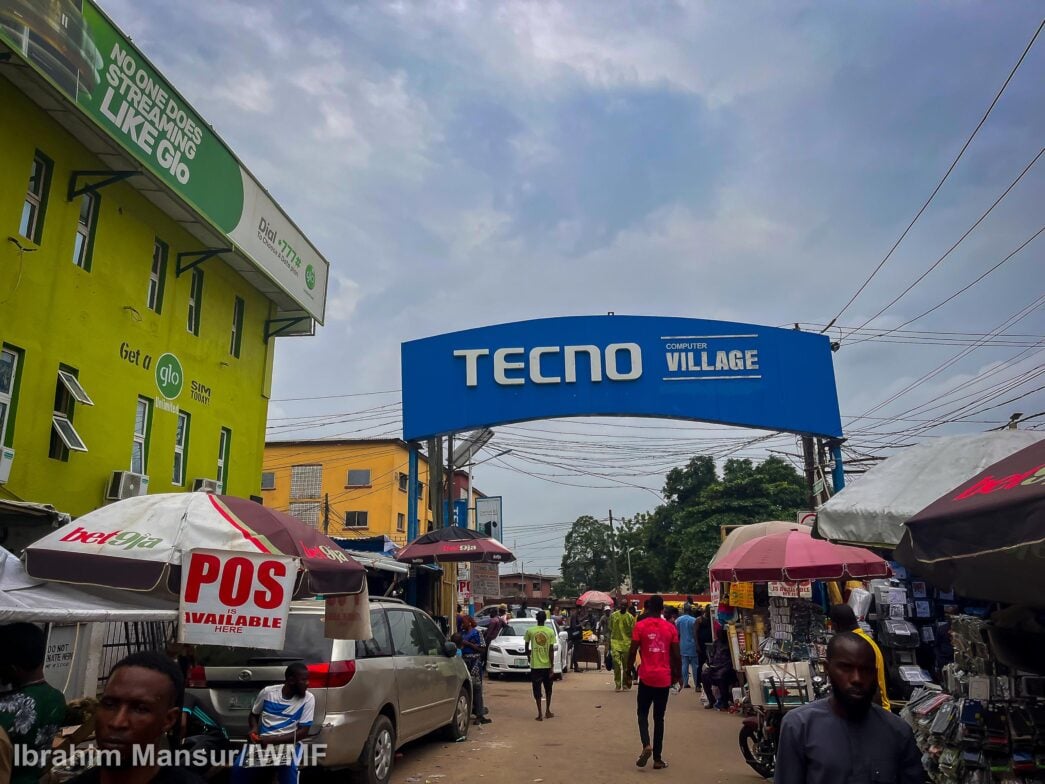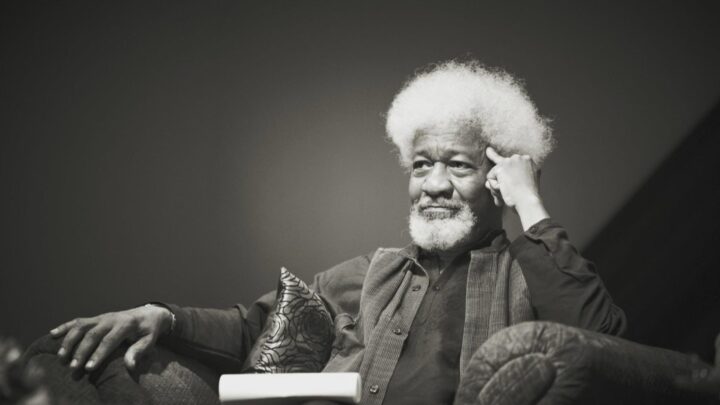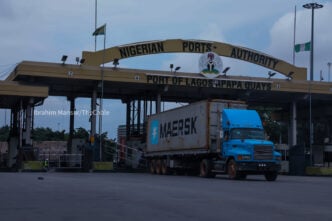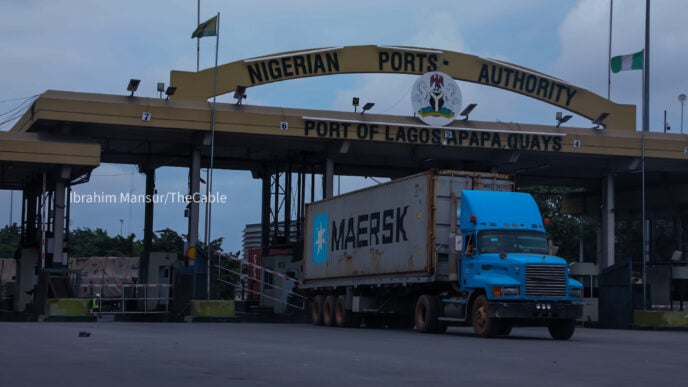BY ARIWOOLA SAMUEL AKINWALE
Organism thrives in its natural habitat; it dies from dislocation. Like this, Computer Village is an organism– relocation portends its death. This penultimate week, the Lagos State government announced its intent on relocating this market to Kantagowa by December 2026.
In this piece I reflect on the danger this suggests for concerned stakeholders, drawing on experiences of market relocation within Lagos, neighboring states, and similar tech hubs around the world.
Frankly, the government’s decision is laudable and appreciable—a desire to build a sustainable city according to its report. Ikeja Under-Bridge, and the adjoining axis around that host the market, was earmarked for residential purpose on the city’s master plan. Hence, the market was an accidental emergence.
Advertisement
But the move to relocate Computer Village ignores certain facts about our markets in Nigeria—they evolve organically. Attempts to relocate them almost always lead to their paralysis.
Organically emerged markets have unique dynamics that make their relocation or duplication impossible. Often, the proposed markets from the top-down end up as ghost centers. I think the Lagos State government ignores this reality.
Computer Village is not blueprinted or scripted by anybody—it is an organism.
Advertisement
Our policy discourse and execution often suffer from intellectual lethargy, partisan, and ethnic coloration. The implications for stakeholders are rarely engaged thoroughly, hence stymied during execution.
Let’s set out some facts. One: Humans do not naturally respond to change. It signals chaos and discomfort for many. Hence, change breaks existing systems and routines that market dynamics have enabled over the years.
Also, markets have their own soul and personality in the Yoruba thought system—modernization notwithstanding. Relocation creates rupture or terminal pain to their existence—relations, economics, networks, and the lived experience of the human elements that occupy the space is at risk.
It means a disruption of the transportation network, apprenticeship lines, customer base, and the network of clients and colleagues in the market.
Advertisement
Characteristically, we are about to witness displacement of technicians, hackers, traders, and phone engineers here rather than relocation. Predictably, many of them would not move. The Kantagowa market would have to begin a teething journey and a distinct biography.
Two: Our markets have connections with geography, sociality, and economics. There are ties they share with their environment that cannot be ignored. There’s an intersection between geography, history, and culture that makes their relocation out of place.
This is why it’s always difficult to remove roadside vendors to designated ultramodern markets in many of our cities. Our urban planning ignores this reality at the mapping stage and rarely accommodates such contingencies along the line.
Around 2009-2010, the Lagos government initiated a move to relocate traders at Oshodi Under-Bridge market to Oshodi International Multipurpose Market (OIM). The new market became a “ghost center” with low occupancy—informal trading persisted at the original site, leading to repeated evictions and conflicts.
Advertisement
Closely, at Ikeja Under-Bridge market around the 2010s there were multiple drives for “urban beautification” and residential rezoning by the government. Traders were directed to formal markets like those in Ladipo or Alausa, developed with private partners. Yet, relocations failed spectacularly—displaced vendors returned to roadside spots or scattered, disrupting supply chains and livelihoods. These are just few among many examples to draw from.
In Ibadan, the late governor Ajimobi attempted to remove many of the roadside vendors to newly constructed markets—that project failed and almost cost him his reelection. Our local markets are not scripted according to a blueprint; they emerged from time, location, and needs.
Advertisement
The stories are quite similar at the international scene. Talking of Silicon Valley in California in the US, several factors contributed to its emergence including a skilled science research base in area universities, plentiful capital venture, permissive government regulation, Stanford University leadership and steady U.S. Department of Defense spending. Like Computer Village, it emerged out of an intersection of societal enablers. Yet, attempts to relocate it elsewhere have been unsuccessful.
In the mid-1960s, a consortium of high-tech firms in New Jersey recruited Fredrick Terman to engineer a “Silicon Valley East” around Princeton University, complete with research parks and tax incentives. However, despite pouring in millions and mimicking Stanford’s model, it fizzled by the 1970s. It lacked the talent networks, risk-tolerant culture, and venture capital feedback loop that favored Silicon Valley.
Advertisement
Similarly, Russia’s Skolkovo Innovation Center was launched in 2010 with $15 billion in state funding to birth a “Russian Silicon Valley.” It aimed to lure global tech giants through subsidies and visa perks. Yet, a decade later, it’s a half-empty “ghost town” of underused facilities. It’s story was plagued by corruption scandals and brain drain, even top-down mandates killed the entrepreneurial chaos that defines organic tech hubs.
Malaysia’s Multimedia Super Corridor (MSC) was initiated in the 1990s as a 750-square-kilometre “technopolis” with promise to clone Silicon Valley’s magic, but became bureaucratic silos and low innovation output—foreign firms came for incentives but left without roots, showing how forced relocations kills a market’s “soul.”
Advertisement
Kenya is a typical example on the way forward. The Nairobi tech hub is an organic creation. When it became evident that expansion was needed and important to modernize it, Silicon Savannah was created top-down by the government to complement the former rather than relocate it. Similarly, Microsoft and Amazon built a parallel tech hub in Seattle to Silicon Valley in the 1990s—it’s a complement, not a replacement—many founders still move to Silicon Valley for funding. In Ghana the story is similar.
Markets are archival memories, symbols of hustle and hassles, living history of yesterday and documentation of today. Their relocation is often an erasure of continuity, if successfully carried out. Their sustenance isn’t just economics or livelihood, but development. Alternatively, the government could accommodate the need for urban development without erasing them. This could mean creating such a market not far from the immediate site, while their symbolism is archived in the new site. For instance, the new site could be called a Phase 2 Ikeja extension, complementing the existing market in the process. This is far safer.
Ariwoola Samuel Akinwale wrote this piece from Lagos. He can be contacted via [email protected]
Views expressed by contributors are strictly personal and not of TheCable.
